Earlier this year (on my birthday, as it turns out) I mentioned designing a system for idea prompt cards that I wanted to put to work as part of my creative process.
Unfortunately, the project had to be put on hold soon afterwards. While the cards' "system" was complete and technically usable in itself, there were a few more issues that needed tackling before I could call it done and get a set printed for myself.
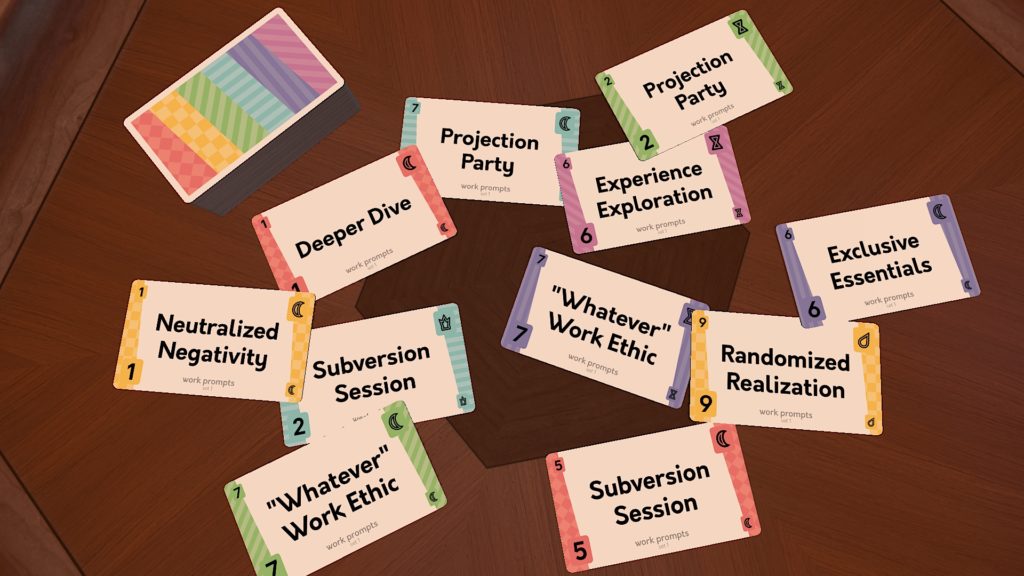
I figured it'd be a good idea to write up a progress post and discuss the main design challenges I've been dealing with and have held me up since then. I'm finally getting close to having the first finalized versions ready to be made, so that I can start using them myself - at least testing them out until I can get around to making some to sell.
This will be a pretty long post without any kinky art to show for it (yet), so I totally understand if you prefer to give it a miss.
The first challenge was figuring out an easy way to distribute the combinations of each card's suit (the symbols in the corners, as shown below), number and colour as evenly as possible. This would improve the "fairness" of the values' randomization across the deck.
To this end, the size of deck I settled on was 120 cards, since that gave an equal number of each suit, number and colour of which there are 8, 10 and 6 of each value respectively. I also found a way to combine each of the three so that each card would be unique within a full deck.
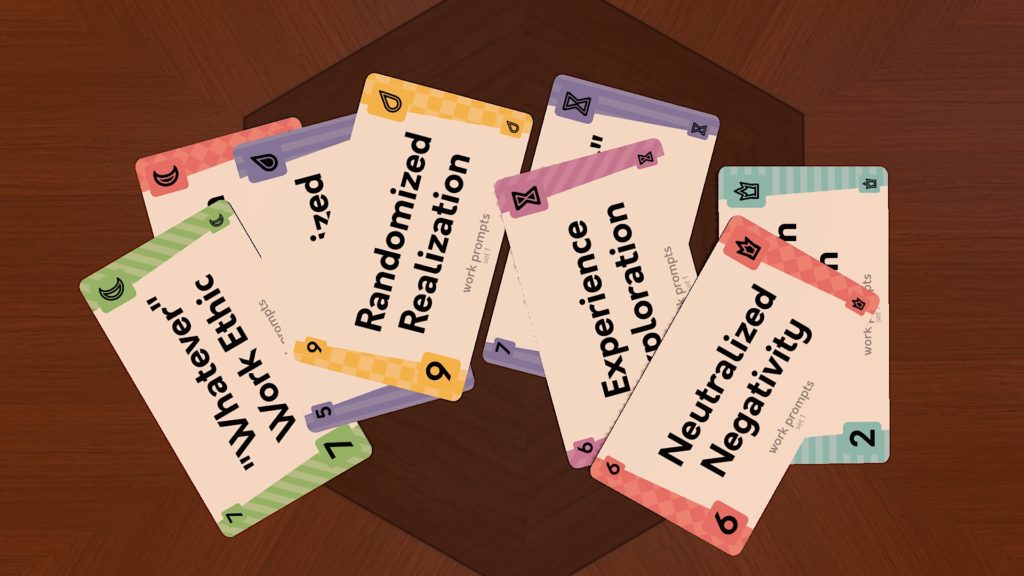
Further to this, I also wanted to easily distribute these values as evenly as possible if a full deck is ever subdivided into different kinds of subcategories (i.e. species, personality, appearance, etc). In this way, each of them would retain relatively equal probabilities within each smaller stack. I got this done with generous use of spreadsheets, which streamlined all the number crunching while designing the different subcategories for the first prompts deck.

I will admit that since the cards are intended as an artists' tool for improvisation, getting the values for randomizing perfectly balanced wasn't essential for the design. That said, it was important for me to have as a part of this tool, and I feel better off having designed it this way. I do think it'll be more fun for me to use once I get them printed out.
The use of spreadsheets also lent itself well to solving the next problem I was faced with. Editing card designs in bulk was a massive pain, especially given how badly Illustrator handles text that's meant to be edited as part of the graphics. Reorganizing and changing around the different values on the cards wasn't much fun either.
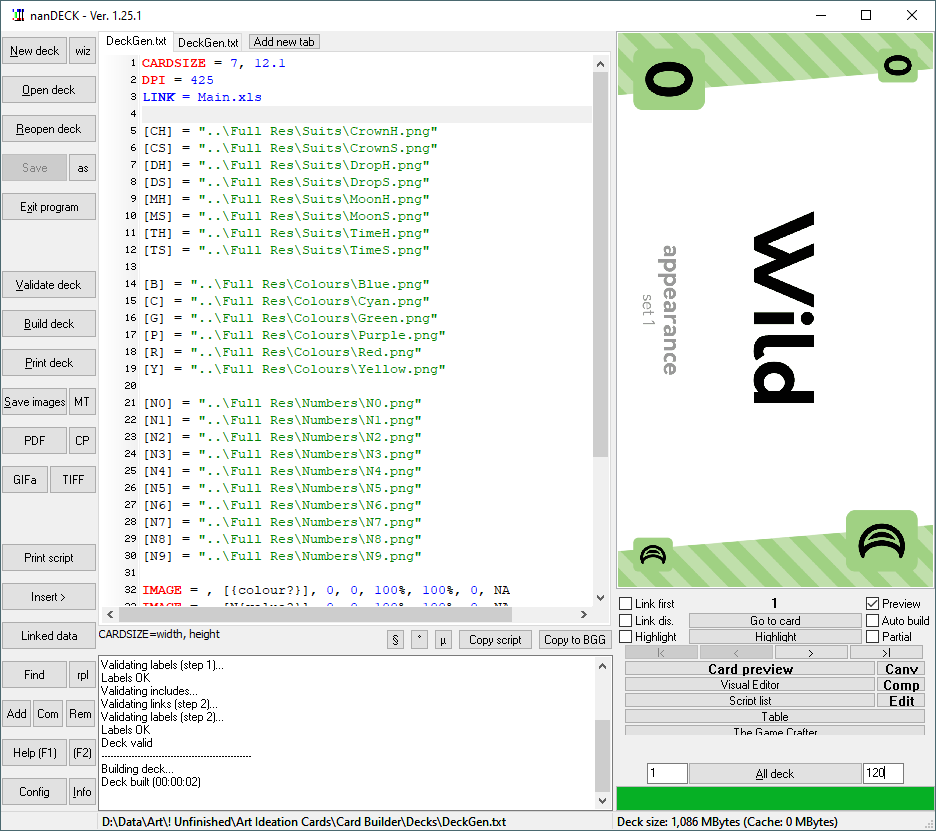
Several years ago, when I was still deep into my board gaming hobby, I'd stumbled upon a handy piece of software called nanDECK. In simple terms, it allows you to generate graphics using a simple but capable scripting language, primarily intended for use in making card decks. I'd already made all the necessary graphics for each element and organized the data in a way that was easily readable by this code, so it was a perfect fit.
This not only generated all the finished card designs I needed within seconds after the code was written up, but also allowed me to make smaller changes far more quickly and easily. Generating an entirely new deck is also extremely simple with this tool, as it only requires a new copy of the deck template to be filled out whichever way that I like.
With that sorted out, I needed to figure out what to put on the cards. The original idea for this tool was to generate placeholder characters and prompt interesting ideas for kink porn. Coming up with the right 120 prompts for a whole deck was a challenge, but differently in either case.
Both times, I scoured lists of words and terms of whatever relevant categories I needed to populate, then whittled them down to size. The ultimate goal is to have as much coverage as possible within the set of prompts, while keeping the amount within a set limit. Spreadsheets once again came to the rescue here, allowing me to quickly move and change things around without having to wrestle with any graphics software in the process.
The first deck got split five ways. I started out with the original idea of character design prompts that I'd prototyped the cards with, but I had some extra room to fit in a set of my personal work prompts as well. Combined together, I could use them as a standalone and varied set of suggestions for improvised ideas, but with the category labels included on the cards, I can easily split them up into individual sets when needed.
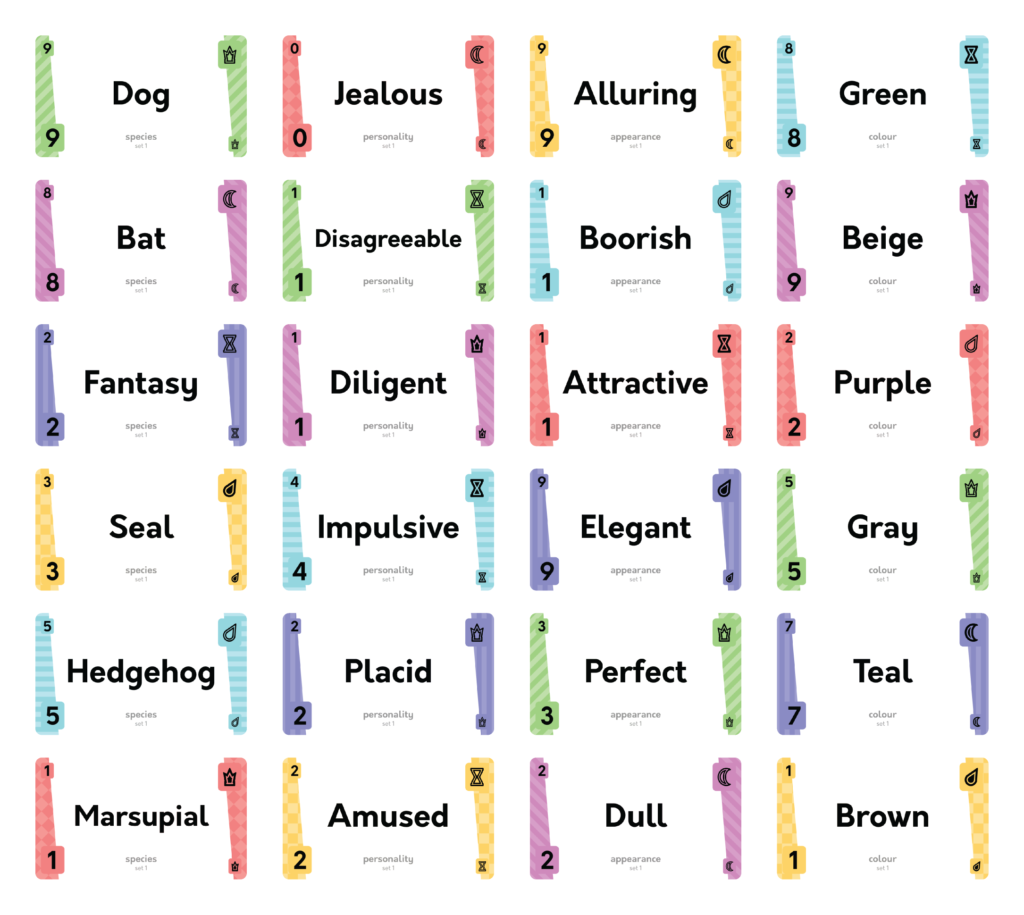
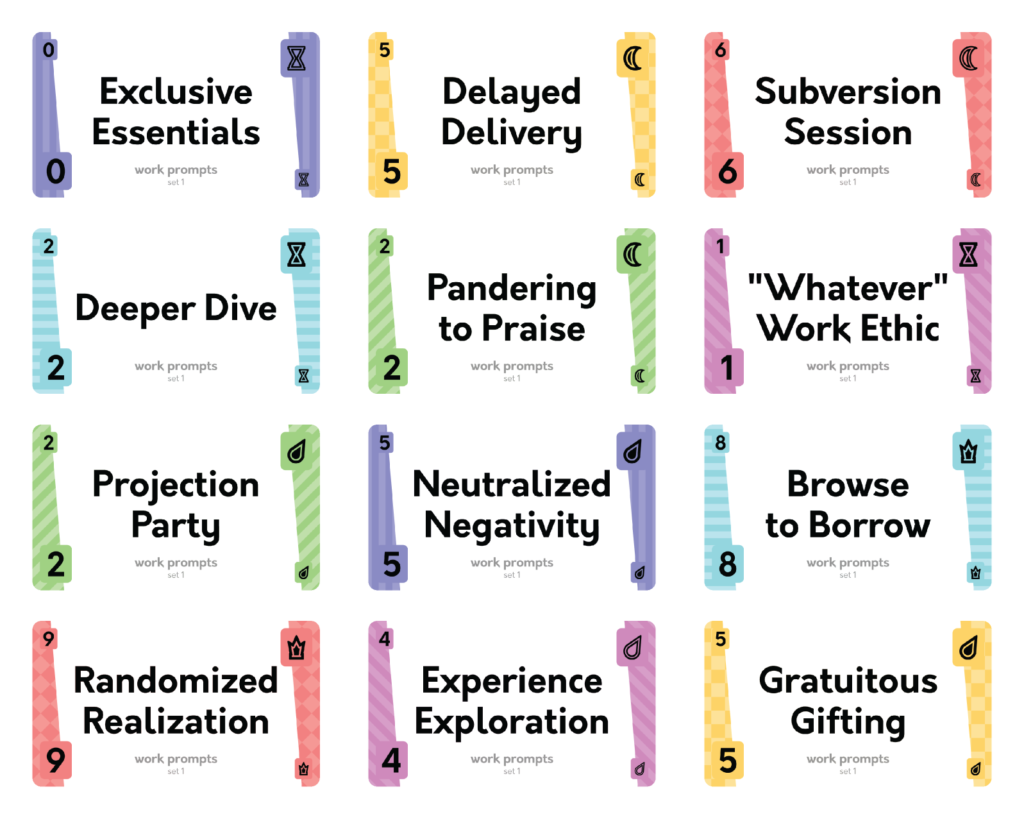
I would apologize for the extremely liberal use of alliteration in the work prompt cards, but it does something to my brain that I can never get enough of - you could be excused for thinking that it could even be a fetish of mine.
With that awful segue out of my system, let's talk about the porn ideas deck.
Minor content warning; the pictures of progress work below include simple textual references to some pretty intense kinks, so discretion is advised.
In much the same way as the character cards, I started designing this set with a seed list of fetishes. The best and honestly only list I needed to consider for this was f-list's. Last week, I ran a stream where I grabbed the entire set off of their site, and started whittling it down to size. However, the whole thing consisted of 451 terms - a simple spreadsheet would not cut it for a task this size.
Wolfie helpfully suggested that I export this list into images somehow - and this is where nanDECK came in to save my hide a second time. I threw together some basic code, plugged in the list, and generated the images. Once they were imported into Illustrator, I got to organizing.
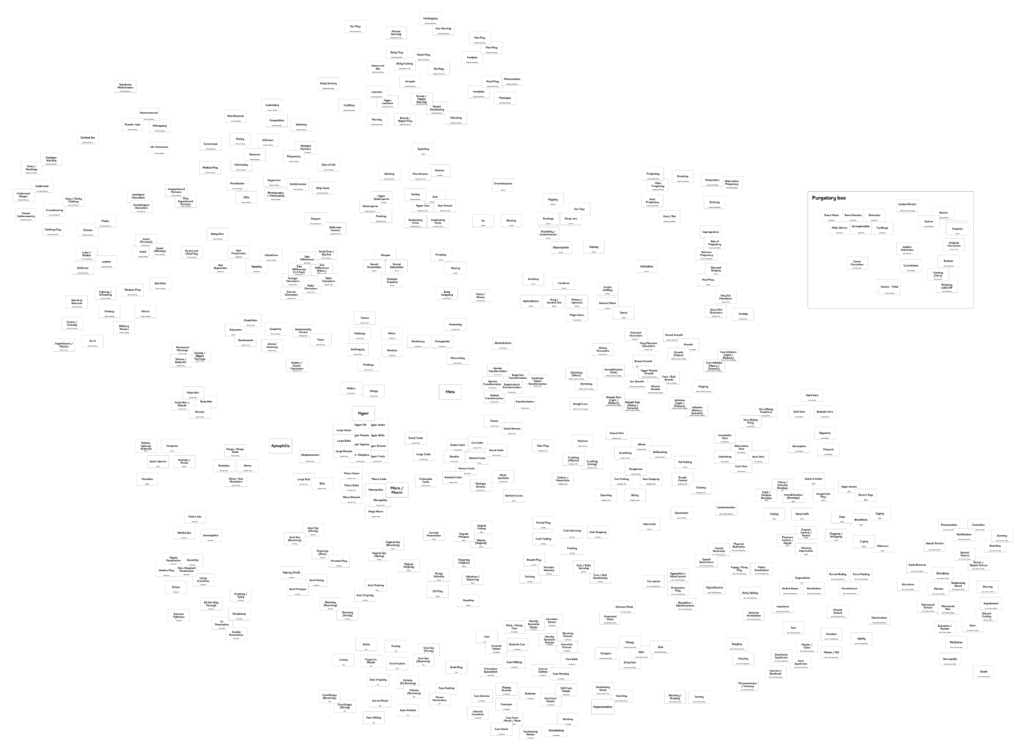
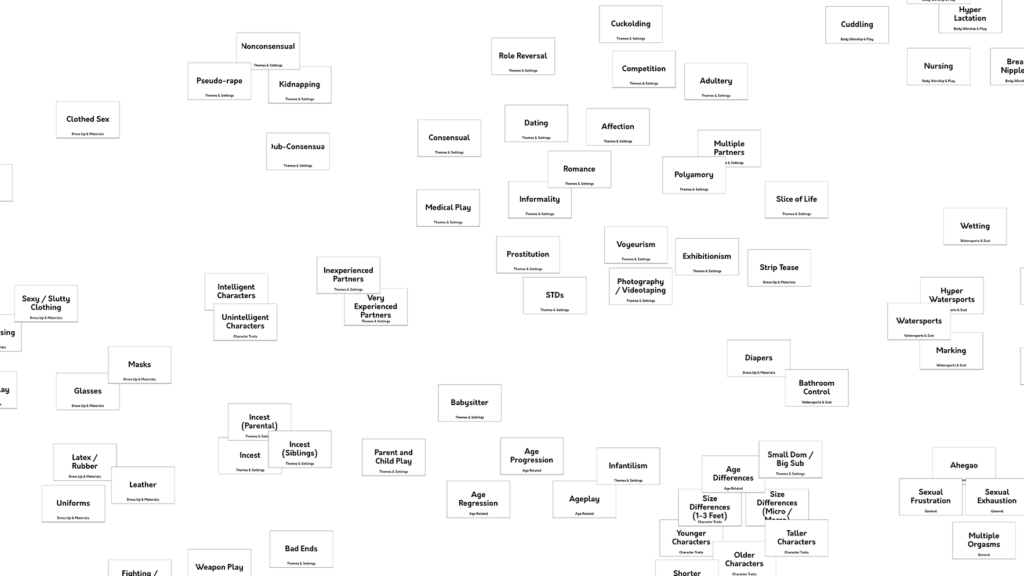
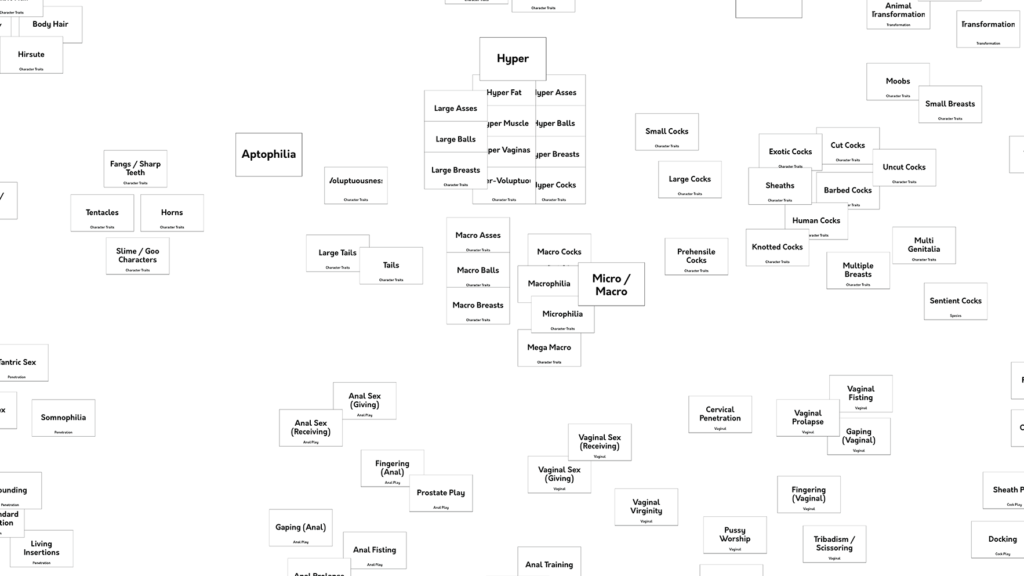
I'm not sure how long it took me to comb through the entire stack, but I'd hazard a guess at around 6-7 hours. While the organized map didn't highlight any patterns that I could use to narrow down the scope, it still helped by reminding me of all the different kinks and sexual preferences, and how they all linked and overlapped with each other.
As a brief but fun aside, a large part of my Masters' thesis involved an identical design process with which I made a deck of emotion cards for a similar purpose. If you've frequented my streams for long enough you'll have seen them featured from time to time. I'm not sure if I want to repurpose them for use as a set of these idea cards, but I just might. In any case, it was fun to realize that my very serious design and research thesis project was foreshadowing the creation of this deck of kink porn prompts.
Given that a set of 120 cards was nowhere nearly enough to exhaustively cover the minute distinctions between each individual entry in the source list, I had to take a different approach. Instead, I aimed to offer broad but clear coverage with each card, which could then be narrowed in scope by combining more of them together. While adjusting the list bit by bit, adding or removing terms, and replacing others with broader or more specific ones as needed, I kept a simple approach in mind: if a specific kink could be expressed fairly well using up to three cards (ideally two) at most, then I considered it to be included in the deck.
After about a week of tinkering with it on and off, I've gotten very, very close to the final version that I'd like to get printed. Although I'm still making some final changes to these, here's a select sampling of them for your early perusal.
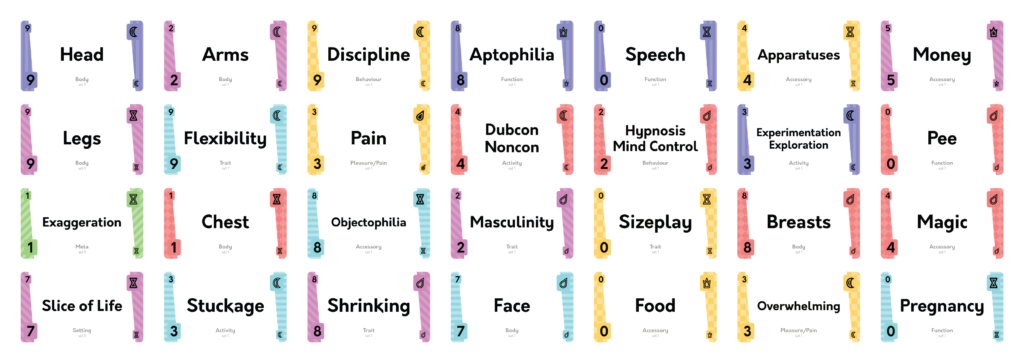
All this talk about printing brings us to the final hurdle: money. Since these decks are personalized and also still technically prototypes, I only plan on having one of each made. While I'm still able to get this done fairly easily, it keeps the per-unit cost quite high. Luckily, I recently managed to save up a little, so I should be able to obtain my starting set soon after I've decided on what all the cards will consist of.
As for that, Tiff suggested a good name for them a while back, and I've not since thought of anything better. I'm inclined to go with her idea, which I think you'll also like.
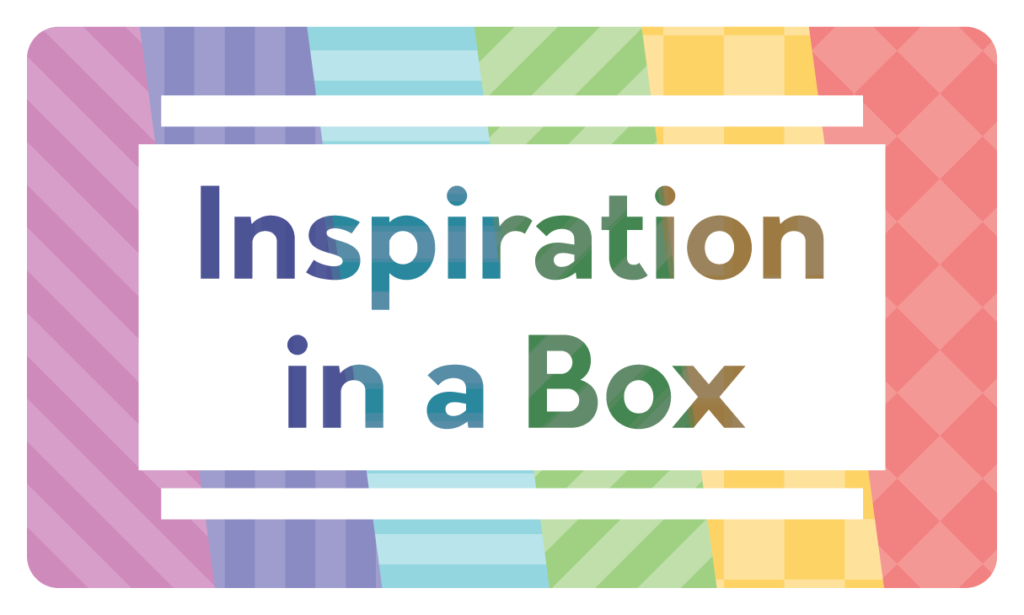
Thanks for reading. I can't wait to show you the finished product and the art it'll inspire.
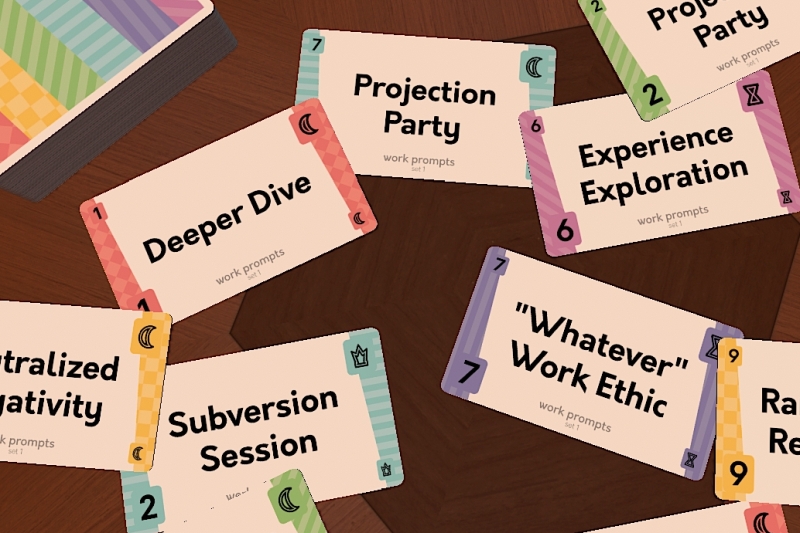
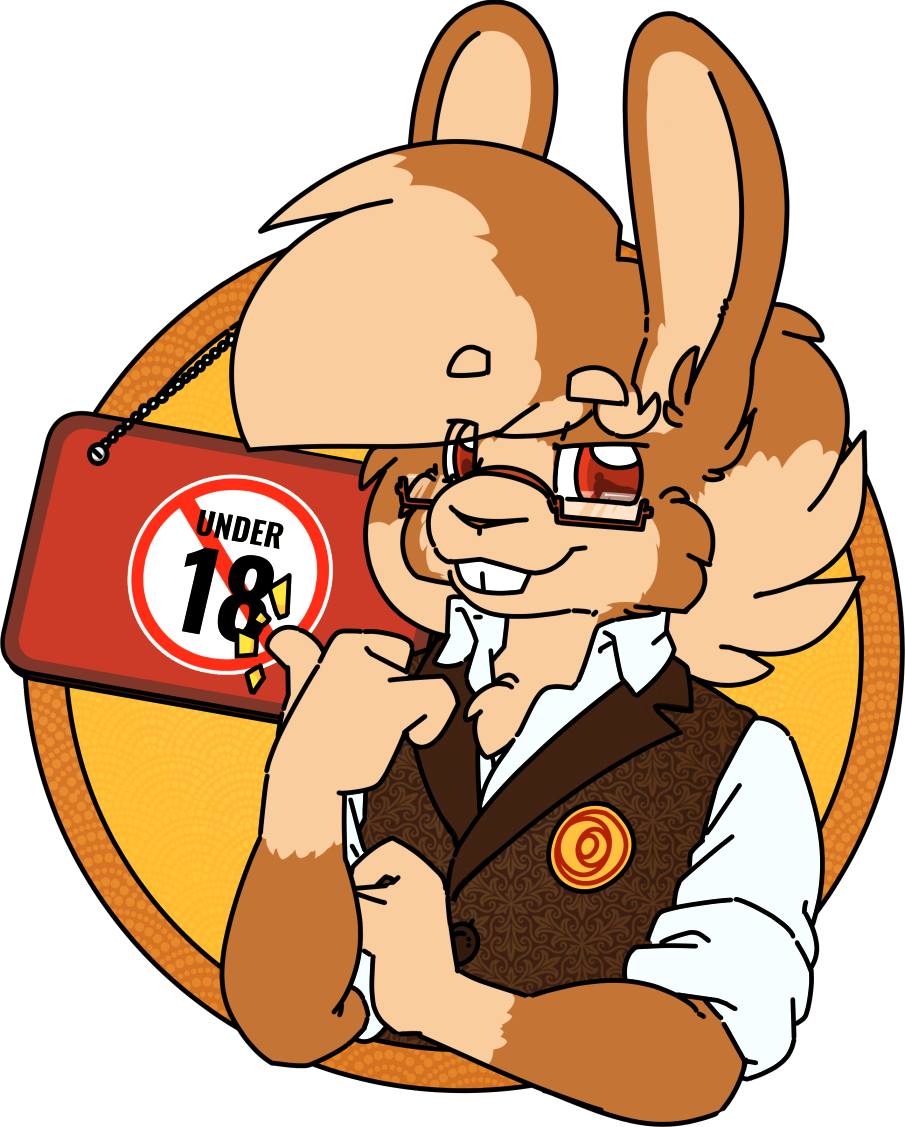
0 Comments